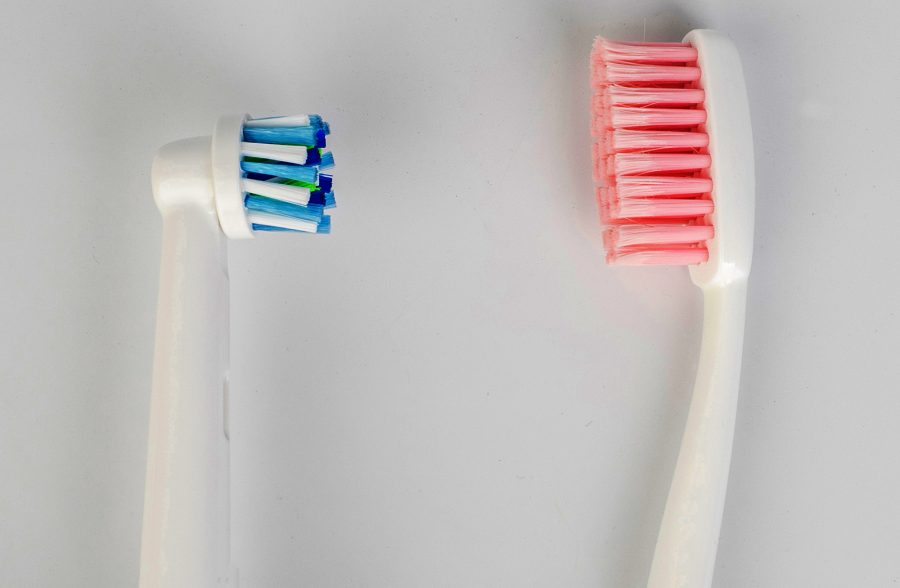From childhood, we’re taught that brushing our teeth twice a day is vital to keep our teeth and gums healthy. As we get older, having a good oral hygiene routine becomes even more important. In addition, it’ not just health that your oral routine has an impact on. A healthy, clean mouth, bright, white teeth and fresh breath improves self-confidence and transforms your appearance.
The humble toothbrush is an indispensable feature in our everyday lives, a part of our daily routine that most don’t even think about when going through the motions of their mornings and evenings. But when was the last time you replaced your toothbrush? There are a few important rules and tips you should follow to maintain optimal dental health.
Most dentist recommend changing your toothbrush every 3 months. Each time we use them, toothbrushes go through normal wear and tear, becoming less and less effective in removing plaque from teeth and gums. Another aspect we don’t normally consider is that germs can hide and build up in the bristles of your toothbrush, making it important to change your toothbrush after you’ve had a cold.
Proper storage and care for your toothbrush also helps prevent to growth of fungus and bacteria build up in the bristles. After use, make sure to rinse off and dry your toothbrush thoroughly, leaving it uncovered in an upright position and keeping it away from other toothbrushes. When travelling, make sure to cover your toothbrush head to protect it and reduce the spread of germs.
If you’re not sure how long you’ve had your current toothbrush, pay attention to the condition of your toothbrush head. Are the bristles worn out, fanned out, or frayed? Do you see any dark colour changes? If so, it’s probably time to get yourself a new brush.
When looking for a new toothbrush, there are a few things to consider. Most dental professionals agree that a soft-bristled brush is best for removing plaque and will be less harsh on your gums. Small-headed brushes are also preferable, since they can better reach all areas of the mouth. For many, a powered toothbrush is a good alternative. It can do a better job of cleaning teeth, particularly for those who have limited mobility.
Along with choosing the right toothbrush, picking out the right toothpaste is also important. There are a few things you can look out for to help you make the right decision, such the inclusion of fluoride, which is particularly helpful for preventing tooth decay and assisting with plaque removal. Choosing a toothpaste that contains fluoride is a simple way to ensure the toothpaste will help maintain (and maybe even improve) your oral health.
As always it is best check in with your dentist and see what they recommend. Nobody knows your oral health better than your dentist, so consult them about your best options when it comes to identifying an effective toothpaste.


